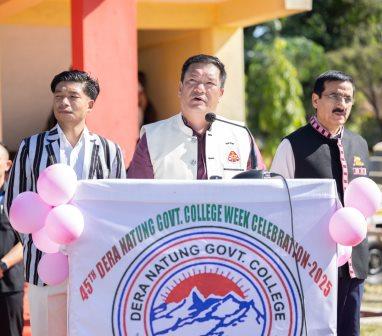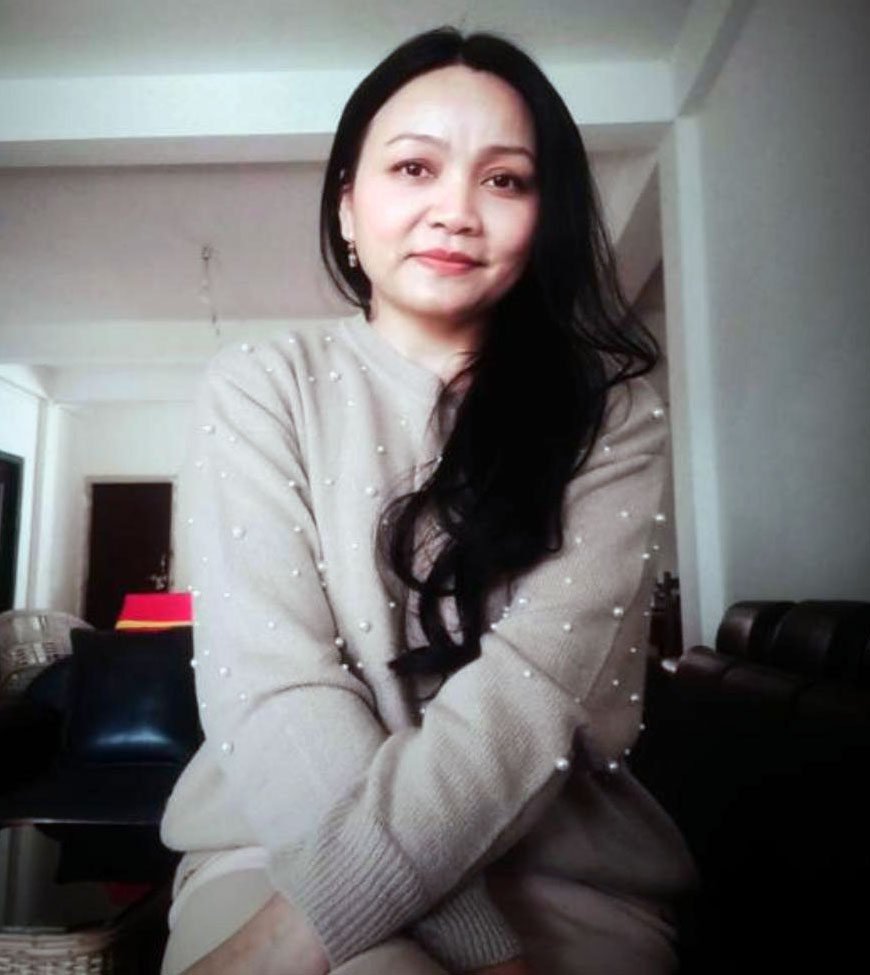-
Cadet death: Family allege harassment by seniors, demands justice
-
APCC raises safety concerns in educational institutions
-
POCSO court sentences man to 20 years in sexual assault…
-
Senior teacher found dead in quarters
-
Air cargo services resume from Itanagar airport
-
Commissioner Finance reviews centrally sponsored schemes in Tirap
-
Cadet death: East Siang Police arrests 3 Sainik School staffers
-
 CM lauds DNGC for contribution to higher education over 46…
CM lauds DNGC for contribution to higher education over 46…
-
 Sona stresses on holistic education to truly nurture future generations
Sona stresses on holistic education to truly nurture future generations
-
High school student found dead in school bathroom, no signs…
In terms of perceptible changes that have taken place in the country cutting across sectors after arrival and deep influence of the Covid-19 pandemic, education is undoubtedly the one that attracts voluntary attention. The traditional way of imparting education has seen a paradigm shift, with class rooms containing tangible items like blackboards, benches and textbooks being replaced by computers and smartphones. How far the nation has accustomed with this new arrangement has always been a matter of curiosity and the latest report of the Annual Status of Education Report (ASER) 2020 released on Wednesday can be counted as a reliable mirror. Various details over multiple heads are contained in the report, which, only a good devotion of time will help in deciphering. But, the finding that comes out clearly is the prevalence of digital inequality, a further indication that ‘Digital India’ dream is still a dream.
The report has been prepared out of a phone-based survey conducted in 26 states and 4 UTs covering 52,227 households and 59,251 children in 5-16 years age group and teachers/head teachers from as many as 8,963 government schools. Coming to the factor of accessing internet for continuing the academic sessions which have remained halted for seven months due to the pandemic-induced lockdowns, it has been found that it’s only about one-third of the surveyed children who had access to online learning and only 11 % had the opportunity of accessing live online classes. Furthermore, 24.3 % of the children revealed they had not received any learning material from schools during the week the survey was conducted as they had no smartphone. This is a vital detection of the digital drawback as almost 75% of educational interactions with schools are now being carried over WhatsApp. The report also throws light on how the educational background of parents are going to affect the new education pattern depending hugely on digital parameters. It has been found that children with parents educated till Class X had better access to learning in these months than the children of parents with lesser educational background. Interestingly and surprisingly, when the general trend across the country is to knock the doors of private schools for admission, there is a shift during these months, even though marginal, in enrolment from private to government schools across all grades both among girls and boys. This trust is certainly an opportunity for the government schools to regain the lost confidence and an inspiration to strive for bringing qualitative betterment in the teaching-learning process.
The report as a whole indicates both weaknesses and strengths. While increasing the digital strength is an urgent need, government schools can deliver way better if a little more care is given.

Kenter Joya Riba
(Managing Editor)She is a graduate in Science with post graduation in Sociology from University of Pune. She has been in the media industry for nearly a decade. Before turning to print business, she has been associated with radio and television.
Email: kenterjoyaz@easternsentinel.in / editoreasternsentinel@gmail.com
Phone: 0360-2212313

